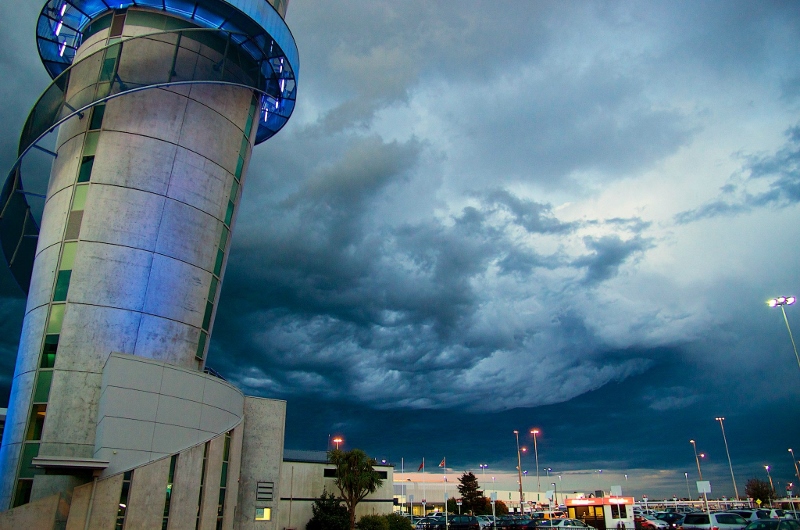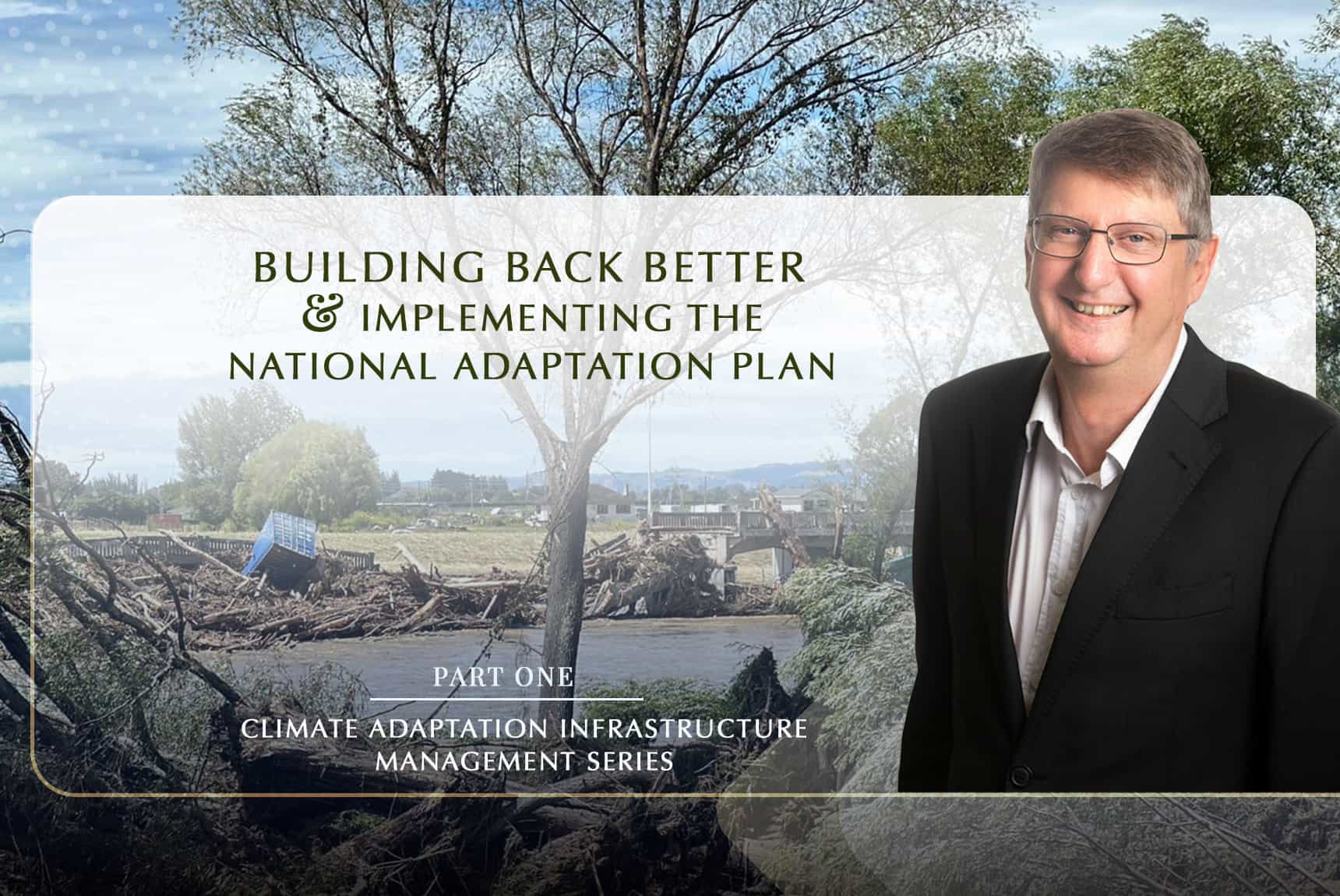
Since the Christchurch Earthquakes, there has been a large body of research, papers, lessons learned and observations that have circulated in professional journals, papers, and conferences. There are now lots of new or updated information available.
The Christchurch Earthquakes have reminded us that New Zealand is a geologically active country. Earthquakes, volcanic activity, flooding, cyclonic wind storms, and tsunami are all-natural event risks we must consider when managing infrastructure assets. Flooding causes the most frequent damage in New Zealand.
Some of the major observations from the Christchurch events have been around the adequacy and limitations of infrastructure insurance, and also the actual cost of restoration compared with pre-earthquake infrastructure renewal estimates.
Non-engineers, including politicians, have expressed surprise at the perceived lack of infrastructure network resilience.
All of these lessons and observations are now starting to transform into legislation, planning requirements and regulations. The resilience requirements of the 30-year Infrastructure Strategy is one example of this.
As part of the Asset Management Plan Update 2014, the risk management sections of your AMP will require review and update.
These sections will need to include the latest information and provide robust discussions around natural disaster risks, infrastructure resilience, and disaster contingency planning.
You may decide to use the risk sections to support your Infrastructure Strategy.
Given the amount of new information, which includes GNS studies, updated NIWA rainfall projections, updated earthquake probability models and analysis – it is likely there will be some changes to previous analysis and thinking around natural disasters, infrastructure resilience, and contingency planning.
We are already seeing this in our industry with seismic analysis and subsequent remedial works for Council-owned facilities and buildings.
Make sure you allow adequate time to incorporate this information into your Asset Management Plan risk management sections and also be prepared for the financial implications of the analysis, which will also need to translate into the AMP.
Improvement plans may also need to be updated to allow further research and analysis in this area and the testing of assumptions.
PHOTO CREDIT: Storm Arriving – Christchurch Airport BY Ross Waugh





[…] risk management thinking in our daily provision of service in a more considered and structured way can only lead to enhanced […]